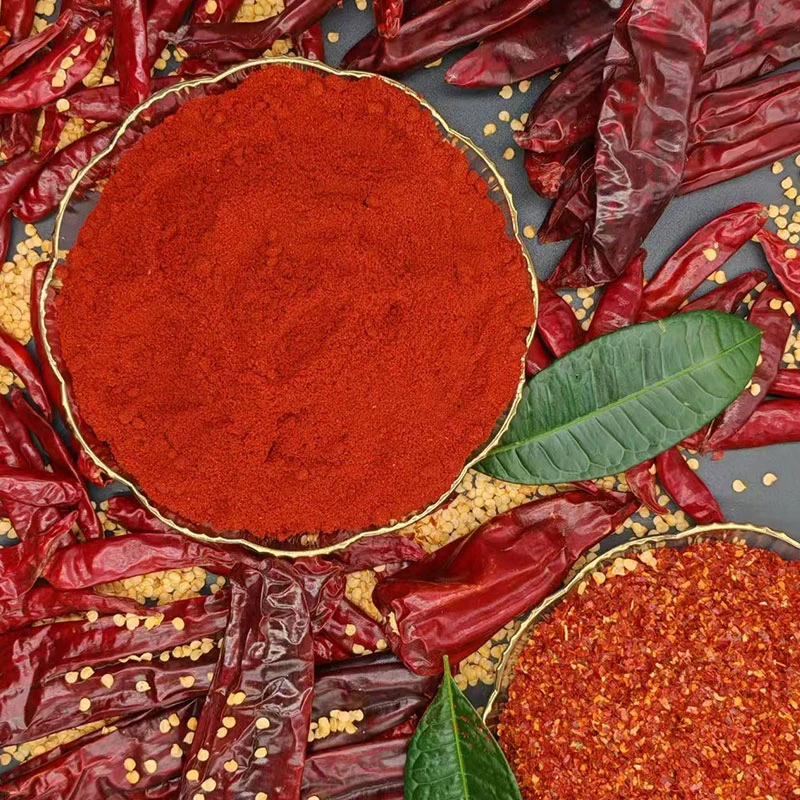- No. 268 Xianghe Street, Economic Development Zone of Xingtai city, Hebei 054001 China
- Byron@hbhongri.cn
natural paprika
The Natural Allure of Paprika A Spicy Exploration
Paprika, a vibrant red spice made from ground capsicum annuum peppers, is a culinary gem that has made its mark across countless cuisines worldwide. This versatile ingredient, often found in the spice cabinets of both amateur cooks and professional chefs, has roots that trace back centuries, primarily to Hungary and Spain, where it has become an integral part of culinary identity. In this article, we will explore the natural allure of paprika, its health benefits, varieties, culinary uses, and how to choose the right one for your dishes.
Historical Background
The history of paprika is as colorful as the spice itself. Originally cultivated by indigenous peoples in the Americas, capsicum peppers were brought to Europe via the Columbian Exchange in the 16th century. The spice soon gained popularity in Hungary, where it became a staple ingredient, leading to the creation of a distinct Hungarian variety. Today, it is not just a spice but a cultural symbol, celebrated in festivals and traditional dishes, particularly goulash.
On the other hand, Spanish paprika, or pimentón, offers a smoky flavor, thanks to the drying process, which can involve smoking the peppers over oak wood. Both Hungarian and Spanish paprika embody the rich culinary traditions from which they originate, showcasing regional flavors while providing a glimpse into each culture's history.
Varieties of Paprika
Paprika comes in several distinct varieties, each showcasing unique flavors and heat levels. The main types are
1. Sweet Paprika This is the most common variety, characterized by its mild flavor and vibrant color. It's perfect for adding depth to dishes without overwhelming heat. 2. Smoked Paprika Also known as pimentón, this variety imparts a smoky flavor to foods. It's commonly used in Spanish cuisine and provides a robust profile to stews and grilled meats. 3. Hot Paprika For those who crave heat, hot paprika delivers a spicy kick, making it an excellent choice for spicy dishes and marinades.
4. Hungarian Paprika Known for its quality, this variety includes a range of heat levels, from mild to hot, and is often used in traditional Hungarian recipes.
natural paprika

Health Benefits
Beyond its culinary uses, paprika boasts numerous health benefits. Rich in antioxidants, vitamins A, E, and C, it promotes overall health, supporting immune function and skin health. The presence of capsaicin, a compound known for its anti-inflammatory properties, may help alleviate pain and improve circulation. Incorporating paprika into your diet not only enhances flavor but also contributes to well-being.
Culinary Uses
Paprika is incredibly versatile, lending itself to a myriad of dishes. It can be used to season meats, fish, poultry, and even vegetables. A sprinkle of paprika can elevate a simple potato dish or add a burst of color to salads and dips. In the realm of sauces, it serves as a key ingredient in classic recipes like aioli and romesco.
In addition, paprika is often used in rice dishes, such as paella, where it infuses the grains with a rich flavor and stunning hue. It can also serve as a garnish, offering both visual appeal and taste. The beauty of paprika lies in its ability to enhance dishes without overshadowing the other ingredients.
Choosing the Right Paprika
When selecting paprika, freshness is key. Look for bright red hues and avoid products that appear dull or faded. Store it in a cool, dark place, ideally in an airtight container, to maintain its flavor and potency. When experimenting with recipes, do not be afraid to explore the different varieties of paprika; each one has its unique charm that can enrich your culinary creations.
Conclusion
Paprika is more than just a spice; it is a symbol of tradition, health, and creativity in the kitchen. Its vibrant color and rich flavor profile make it an essential ingredient in countless dishes around the globe. By embracing the natural allure of paprika, we not only enhance our meals but also connect with a cultural heritage that has lasted for centuries. So, the next time you reach for that canister of paprika, remember the history it carries and the culinary possibilities it presents.
-
The Versatile Uses and Benefits of Capsicum Frutescens Oleoresin and ExtractsNewsJun.03,2025
-
Paprika&Chili Products Enhancing Flavor and Wellness in Every BiteNewsJun.03,2025
-
Paprika Extract and Capsicum Applications in Food and IndustryNewsJun.03,2025
-
Exploring the Benefits and Uses of Turmeric Powder and Curcumin ExtractNewsJun.03,2025
-
Discover the Bold Flavor of Premium Chilli Powder from ChinaNewsJun.03,2025
-
Capsicum Oleoresin Extract: A Potent Natural Ingredient in Modern ApplicationsNewsJun.03,2025







